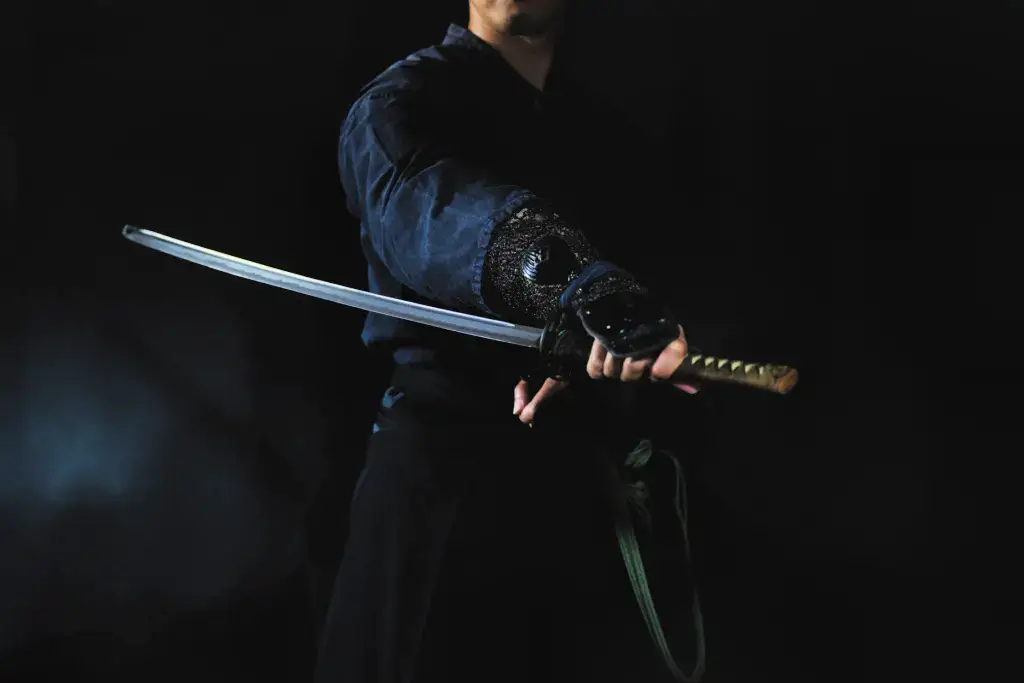The word “samurai” brings to mind Japanese warriors fighting with swords, bows, and arrows. This elite military class is famous worldwide for its strict code of behavior and unfailing loyalty. Their exploits have been written about in stories and made into movies, television shows, and video games. Most of these portrayals are loosely based on samurai facts.
However, the popularity of these fighters has also given rise to many myths. Their image has been so romanticized that it is sometimes difficult to distinguish between truth and fiction. So, let’s correct five common errors people make when discussing samurai facts.
Table of Contents
Toggle“The samurai came from ancient Japan.”
People have been living in Japan for about 40,000 years. Early hunter-gatherers inhabited the islands until the country’s Jomon period (about 13,000-1,000 BCE) when they started farming and creating pottery. Around 700 BCE, the Yayoi people arrived from the mainland and introduced rice paddy farming. This “Yayoi” period lasted over a thousand years, well into the Iron Age (1,200 BCE-1,000 CE). Strictly speaking, “ancient Japan” refers to these times in the country’s history, before humans began using steel.
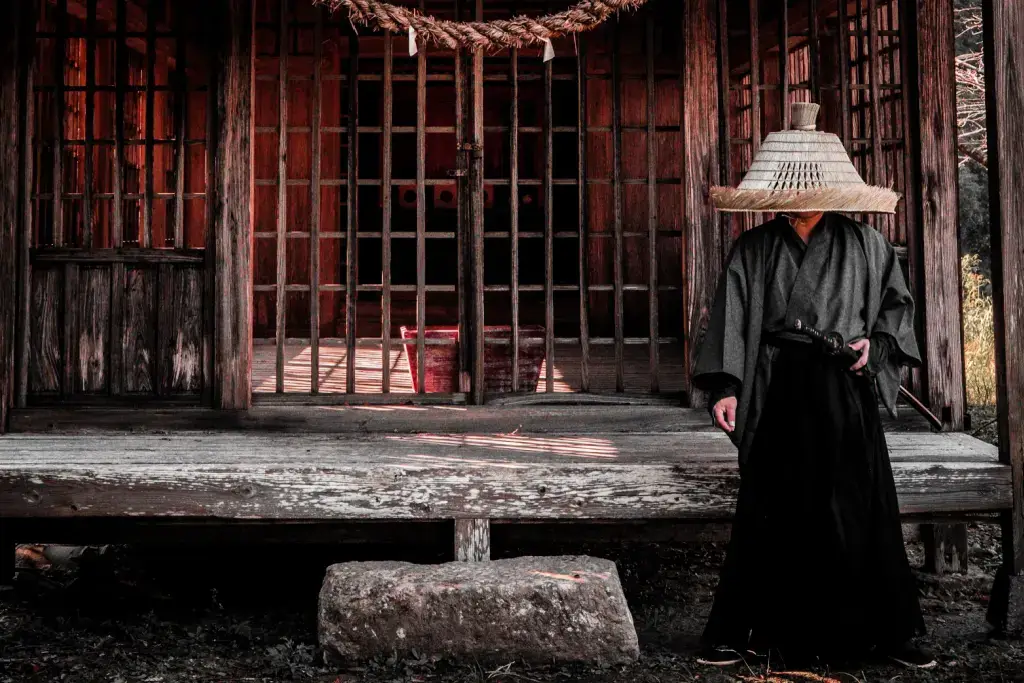
When people casually mention “ancient Japan,” they often mean the time between the Heian period (794-1185) and the Edo Era (1600–1868). This warrior class and the term “samurai” did not exist until the 12th century CE, as there was no steel for their iconic swords before this time.
“Their swords could cut through anything.”
The Japanese katana is the most well-known weapon—the sword’s strength and sharpness result in a combination of factors. Special tamahagane steel is the primary material. Its carbon content is very high, resulting in a tough blade. Then, they use more rigid steel for the edge, whilst softer steel is used for the backside. After heating, folding, and pounding these layers together many times, the wordsmith dips the blade into water. The two metals cool differently, forming the katana’s characteristic curved shape. This design makes the sword ideal for slicing.
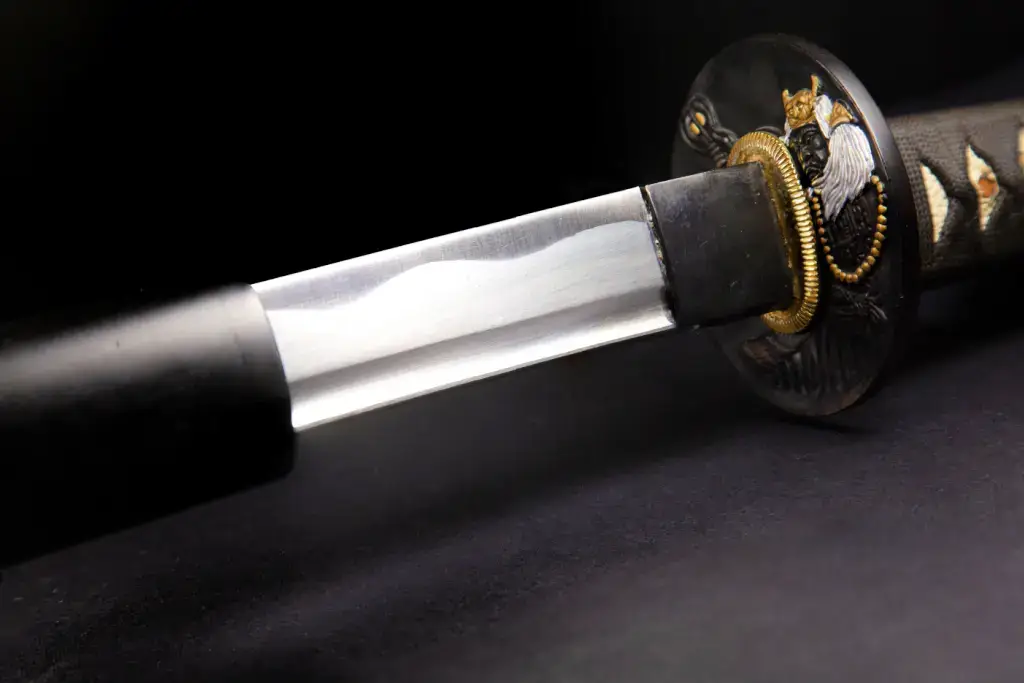
Tamahagane steel also stays sharp for a long time. Traditional sharpening techniques using stones of varying roughness can create an edge only a few millimeters thick. This process can take days, but the edge may remain for years with proper care. Authentic Japanese swords can shave hair from the body like a razor. The skilled workmanship of the swordsmith also produces a blade that is the right length, well-balanced, and easy to hold. When a trained fighter wields, these swords can cut through bone entirely with a single slice.
How tough are these swords?
But these swords are not magical. As with any blade, samurai swords would have difficulty cutting through material of equal or greater hardness. There are reports of these blades slicing through traditional Japanese armor and helmets. And it is possible that a sword of higher quality steel could shatter one of lower quality. But these actions could damage the blade, and the samurai knew this. Considerable time and care went into perfecting techniques that reduced the chance of striking hard material. These swords were family treasures people passed down through generations.
Are you looking for great snacks while reading about samurai facts? Check out Sakuraco! Sakuraco delivers traditional Japanese snacks, teas, and sweets from local Japanese makers directly to your door so you can enjoy the latest treats directly from Japan!
“They were noble warriors who always upheld their moral code.”
In samurai culture, one lived according to bushido. This code expected its followers to be brave, proud, and willing to die, protecting the honor of their lord. They spent many hours perfecting the art of swordsmanship and also martial arts. Zen Buddhism was also an essential part of this way of life. So they also practiced other arts such as poetry, tea ceremony, and flower arranging. These virtues and skills made samurai warriors much respected in Japanese society. Members of the lower classes bowed when encountering them. But they performed this gesture out of respect and fear.
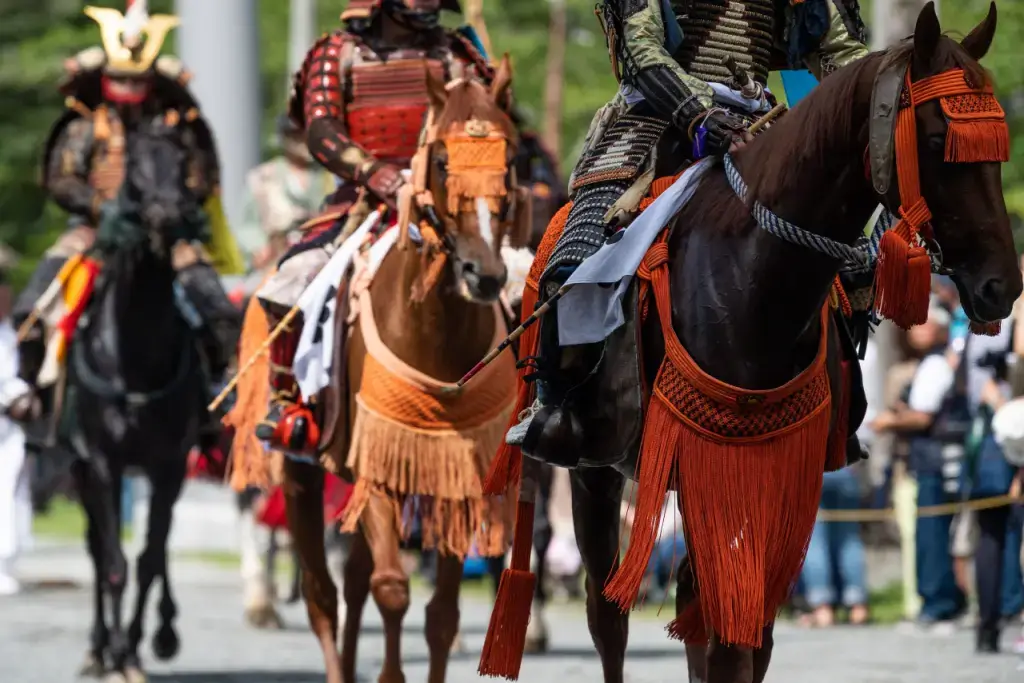
They acted as official enforcers when not fighting wars for their feudal lords. Additionally, their superiors sent them to the countryside to maintain order and ensure everyone obeyed the laws. But many sold their fighting skills for profit. Especially if they no longer had a master. Also, members of the samurai class had permission to neutralize those of lower status in society. Even a minor insult could be reason enough to exercise this right.
“They were loyal to their masters.”
The common belief is that a samurai’s loyalty to his master never wavered. And for the most part, this is true. Part of the bushido mindset was being prepared to die bravely while fulfilling one’s duty. Samurai whose lord died under their protection were known as ronin. The most famous are the 47 ronin who fought for the honor of their dead daimyo, Asano Naganoriurai.
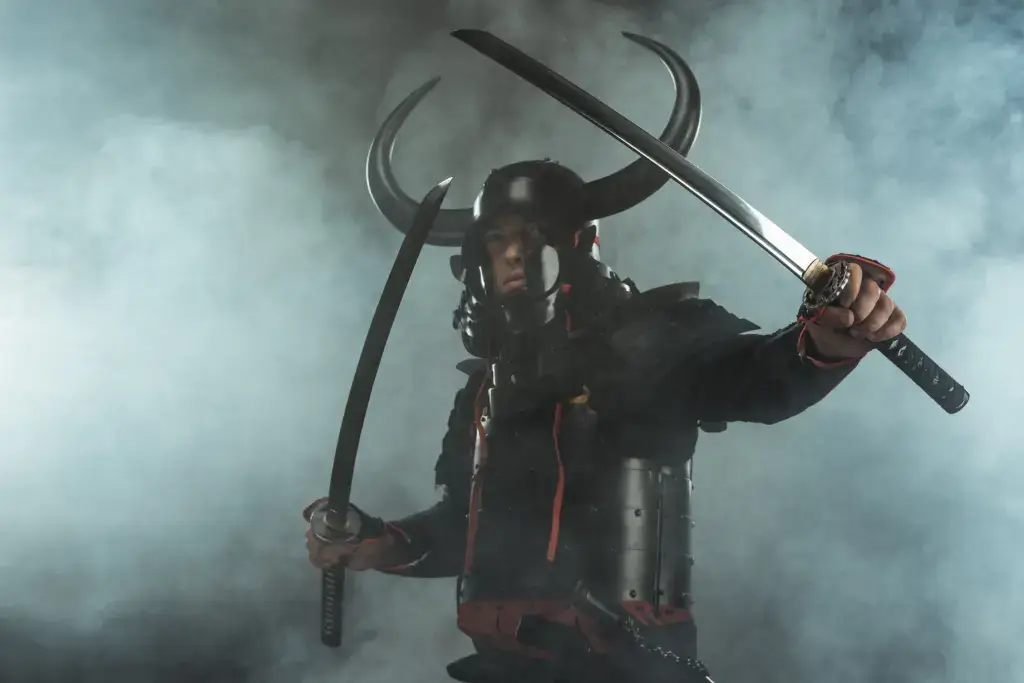
However, there are also many records of those who ignored this tradition. The Iga and Koga ninja clans famously switched sides during the Battle of Sekigahara in 1600. And many even abandoned their posts when they saw the battle was lost. The result was over two centuries of peace. But it is a famous example of ignoring loyalty in battle.
“Every samurai fought in battle.”
Naturally, most samurai fought in battle. From the 1500s to the 1800s, they protected their territories from neighboring states. Within their lands, they fought more minor skirmishes against groups of wandering gangs. They even defended Japan from the Mongols. But from the Edo era, the country had one shogun as ruler, and there was less need for their skill in warfare. Japan was finally at peace, and many former warriors were in administrative positions. Instead of fighting, they managed the lands and businesses of their daimyo.
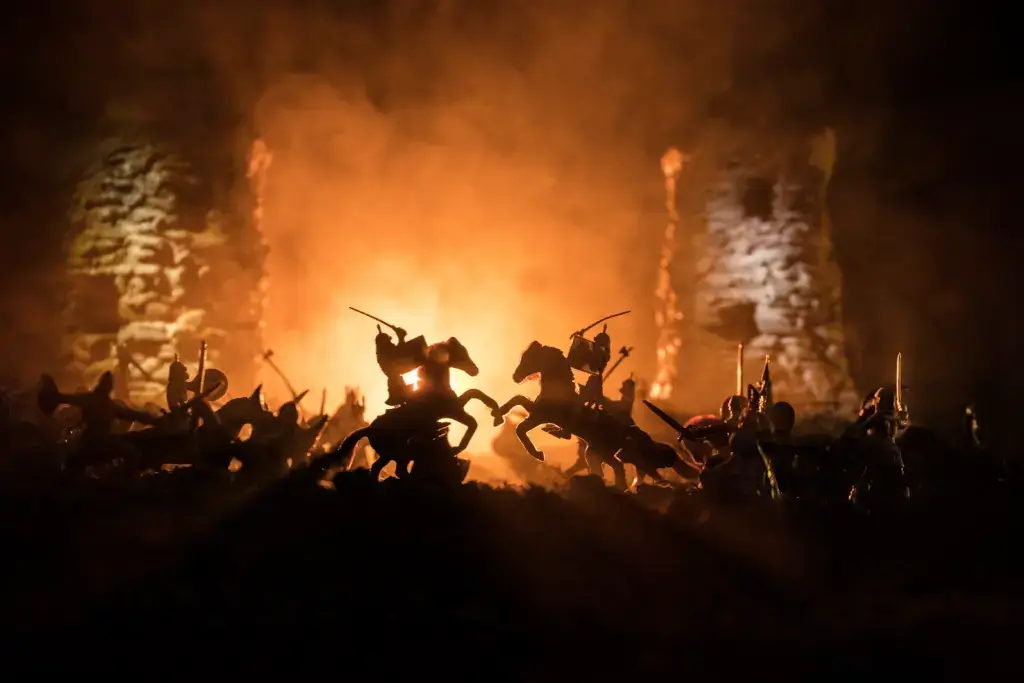
After the Satsuma Rebellion of 1887, the Meiji Restoration officially ended samurai as soldiers. Japan continued to develop its modern army throughout the 19th century. Many former warriors applied their new management skills to politics. The children of many samurai families never experienced fighting of any kind. This military class of Japanese society became an influential political class. Even today, many descendants of powerful clans still hold essential positions in Japan’s government.
Why is it important to know the samurai facts?
Television shows like HBO’s Shogun and video games like Ghost of Tsushima are top-rated lately. So it’s more important than ever to be able to tell myth from reality. Samurai were exceptional swordsmen and martial artists. And they were bound by service and honor in a near-constant war. People have written and embellished their stories for hundreds of years and continue to do so today.
By knowing the facts, you can enjoy these accounts of their lives while still honoring their memory. Do you know any common myths about samurai? What are some little-known samurai facts that most people may not know? Share with our readers below!


